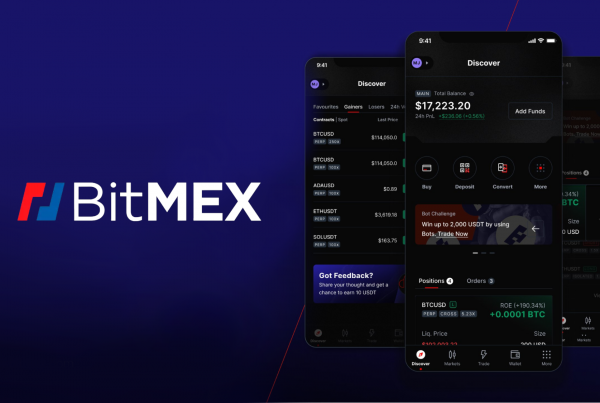
Bitcoin is on the march again, with its price recently climbing above the $30,000 mark for the first time since April. Amid this rise, there’s growing optimism that this could mark the beginning of a sustained bull run by the world’s leading cryptocurrency. Here are seven reasons why Bitcoin is looking up as we head into the second half of the year.
1. The economy is picking up.
The global economic picture is holding up better than expected this year, and it’s looking more likely that the world will manage to avoid slipping into a recession, despite what many had predicted in 2022. Business activity in the U.S. and in Europe has shown resilience, and China’s long-awaited reopening from COVID-19 has had the effect of boosting global markets. The U.S. dollar is weakening, boosting exports, and the Fed has paused any more interest rate hikes. At the same time, the U.S. investment firm BlackRock boosted confidence in crypto itself with its application to the Securities and Exchange Commission for a Bitcoin exchange-traded fund.
2. Bitcoin’s halving is approaching.
Crypto investors appear to be buying up Bitcoin in anticipation of the next “halving” event in April 2024. The halving is a quadrennial event linked to Bitcoin’s total supply cap of 21 million, and effectively halves the rewards miners receive for processing network transactions. Historically, a rally follows this event, and the price of Bitcoin has hit a new record high within months of the previous three halvings.
3. Institutional investors show more interest.
Digital asset markets have stabilized following last year’s crypto winter, and institutional investors are showing growing interest in Bitcoin once again. Indeed, it’s said that much of last week’s gains, which saw Bitcoin climb above the $30k mark, were attributed to traditional financial institutions. Reports say that BlackRock’s ETF application triggered a number of similar filings by asset managers, including giants such as Invesco and WisdomTree. Moreover, last week also saw the launch of the institutional investor-focused crypto exchange EDX Markets, with support from Charles Scwab, Citadel Securities and Fidelity Digital Assets.
4. U.S. dollar weakness and dwindling bond market volatility.
Volatility has been slowing in the U.S. bond market at a time when the U.S. dollar is weakening versus other currencies. Traditionally when this happens, investors are encouraged to turn to more speculative assets with the potential for higher price gains. There’s a precedent here, with Bitcoin and other cryptocurrencies notably holding steady during a previous period of reduced volatility in the bond markets last October.
5. The SEC is not messing with Bitcoin.
While news of the SEC’s lawsuits against leading cryptocurrency exchanges Binance and Coinbase caused a ruckus when it first emerged, the crypto market held up surprisingly well. In its complaint, the SEC accused the exchanges of offering so-called “altcoins” as unregistered securities, but it did not mention either Bitcoin or Ether, the native token of the Ethereum ecosystem. As such, Bitcoin’s value could be boosted if investors seek a haven from the increased regulatory focus on altcoins.
6. Bitcoin’s rising influence and security.
Bitcoin is getting increased attention from other blockchain networks looking to share in its success as the most secure and valuable cryptocurrency. For instance, the Babylon project is at the center of a growing effort to checkpoint data onto Bitcoin from other blockchains, to tap into its unique level of security. It’s an initiative that could markedly increase Bitcoin usage. Elsewhere, the Cosmos ecosystem has stepped up its efforts to make Bitcoin more usable directly within its ecosystem through initiatives such as Nomic’s experimental testnet bridge. Meanwhile, Zetachain is making good progress in its bid to establish greater interoperability between Bitcoin and Ethereum, enabling more use cases for BTC holders.
7. Growing acceptance of Bitcoin.
Bitcoin is winning over both governments and traditional businesses as they become more accepting of crypto. In Europe, the adoption of the new Markets in Crypto-Assets regulation was overwhelmingly seen as a sign that the EU is willing to embrace digital assets. In Asia, Hong Kong has made similar encouraging moves. But it’s not just governments, as businesses themselves are showing greater willingness to accept Bitcoin as a method of payment, in-line with customer demand.



